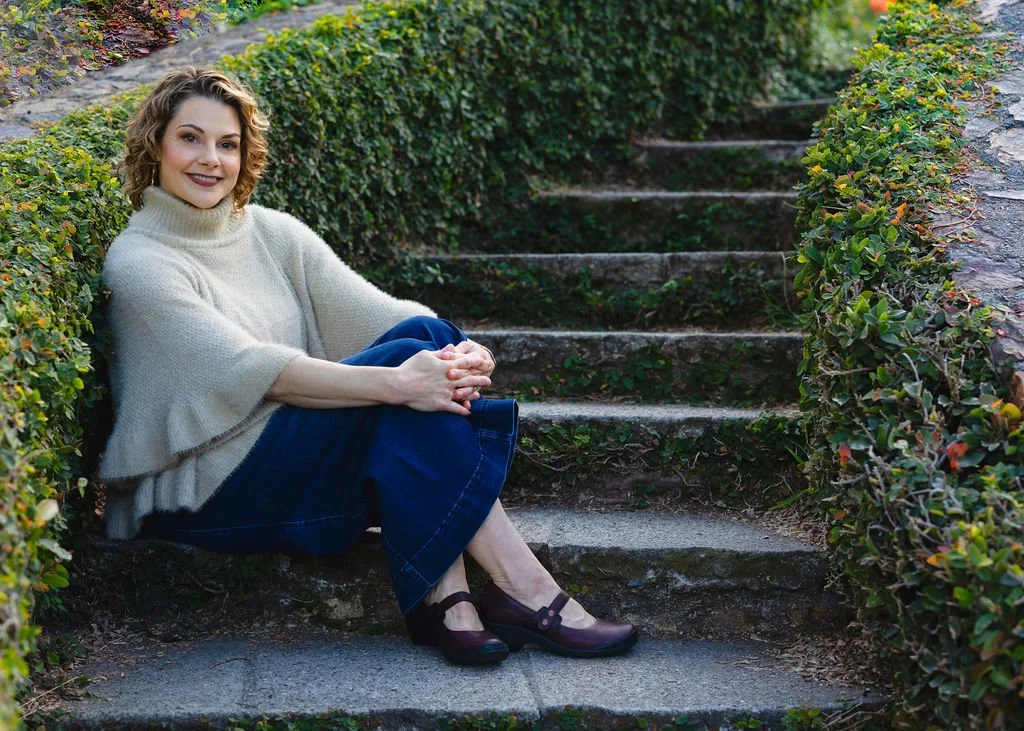What Would Carl Jung Say About Cannabis Today?
A Depth Psychotherapy Perspective on Addiction, Healing, and the Collective Psyche
Cannabis is everywhere these days. It’s legal, normalized, and woven into modern life—used to unwind, create, connect, and cope. Yet beneath this cultural shift lies something deeper: a mirror of our collective psyche.
As a depth psychotherapist and Jungian-oriented therapist in Oakland, I often wonder how Carl Jung might view our relationship to cannabis today. While he never wrote directly about marijuana, his ideas about addiction, the unconscious, and the search for wholeness can help us understand what cannabis means for both the individual and the collective.
Addiction as a Crisis of Meaning
Jung understood addiction not as a moral failure or medical condition, but as a spiritual crisis—a symptom of soul loss. When the psyche is starved for meaning, we reach for substances, relationships, or distractions to fill the emptiness.
In a famous letter to Bill Wilson, the co-founder of Alcoholics Anonymous, Jung wrote that “the craving for alcohol is the equivalent on a low level of the spiritual thirst of our being for wholeness.”
If Jung were alive today, he might say the same of cannabis. When used unconsciously, it can become another way to numb, escape, or avoid. But used intentionally, cannabis might serve as a mediator—a symbolic bridge between the conscious and the unconscious. It can open a temporary window into the soul, offering glimpses of what lies beneath the surface.
Cannabis as a Door—Not a Home
Jung might describe cannabis as a doorway to the unconscious—a sacred plant that allows brief access to deeper psychic material. In a relaxed, expanded state, forgotten memories, emotions, or images from the soul may arise.
But as Jung would remind us, “A door is not a home.”
The insight cannabis offers is an invitation, not an arrival. Without reflection, what’s revealed can fade as quickly as it appeared. The true transformation happens through integration—sitting with what we see, understanding its meaning, and weaving it consciously into our lives.
This is where cannabis integration therapy can be profoundly helpful: creating a safe, grounded space to explore the images, emotions, and insights that arise in altered states, and to understand what they reveal about your inner world.
The Courage to Feel: Cannabis and Emotional Avoidance
Jung believed that growth comes through discomfort—that the emotions we resist are often the ones that hold the key to healing. Pain, grief, and anxiety are not enemies but gateways.
When cannabis is used habitually to avoid these feelings, it can mute the very signals the psyche is sending. In this sense, unconscious cannabis use may represent a subtle form of self-abandonment—an unwillingness to feel the full range of our humanity.
Intentional use, however, can be different. Cannabis can soften inner defenses just enough to allow something long buried to surface—a feeling, an image, a truth that wants to be seen. But the plant can only open the door; depth psychotherapy helps you walk through it.
The Shadow of Cannabis Prohibition
Jung would likely also reflect on the collective shadow surrounding cannabis. For much of the last century, it was demonized, criminalized, and racialized. The “War on Drugs” was not only about substances—it was about fear, projection, and control.
In Jungian terms, prohibition was a collective act of shadow projection. The desire for altered states, sensuality, and connection to nature—qualities associated with cannabis—were repressed, deemed immoral or dangerous. By rejecting the plant, society also rejected a part of its own psyche: the instinct for healing through communion with nature and the unconscious.
Today’s legalization and normalization mark a collective attempt at re-integration. But the question remains: are we engaging consciously with this once-forbidden substance, or are we simply consuming it?
Cannabis, the Collective Psyche, and Spiritual Longing
From a Jungian lens, the widespread fascination with cannabis—and with psychedelics more broadly—reflects a collective longing for meaning, ritual, and connection in a disenchanted world.
Modern life is saturated with noise and speed. Cannabis offers, for many, a pause—a momentary descent into stillness and feeling. It’s no wonder people are drawn to it. Jung might see this as the psyche’s natural attempt to restore balance.
Yet he would also warn that the sacred, when commercialized, loses its essence. When cannabis becomes a product rather than a teacher, its symbolic power fades. True transformation comes not through consumption, but through conscious engagement—with the plant, the psyche, and the self.
A Jungian Approach to Intentional Cannabis Use
If you’re exploring your relationship to cannabis, Jung’s teachings invite a mindful, reflective approach.
Here’s how to begin:
Set an intention. Ask what you hope to understand or connect with. Approach the experience as a dialogue with your unconscious.
Create ritual and reflection. Journaling, therapy, dreamwork, or creative expression help translate insights into daily life.
Notice patterns. When use feels automatic or avoidant, pause and ask: What emotion or truth am I trying not to feel?
Seek integration. Work with a therapist who understands the symbolic, emotional, and spiritual layers of the experience.
Honor the plant. Treat cannabis not as a habit, but as a symbolic ally—one that mirrors your psyche and invites conscious growth.
From Escape to Embodiment
In the end, Jung might remind us that every substance, every behavior, carries both shadow and light. Cannabis can serve as a doorway to the soul—or a detour away from it. The difference lies in consciousness.
Used with reverence and reflection, cannabis can reveal something about our own nature, our grief, our longing, and our desire to feel connected. But it cannot do the work for us.
As Jung said, “One does not become enlightened by imagining figures of light, but by making the darkness conscious.”
Cannabis can open the door—but the courage to walk through it, to face what waits inside, is where true healing begins.

